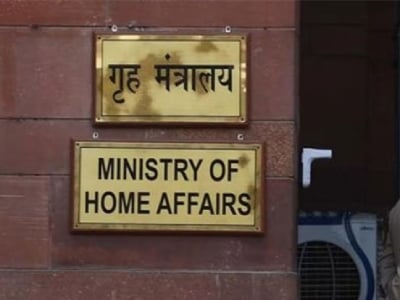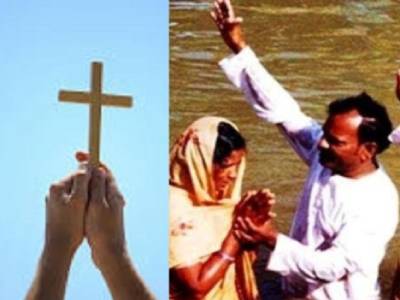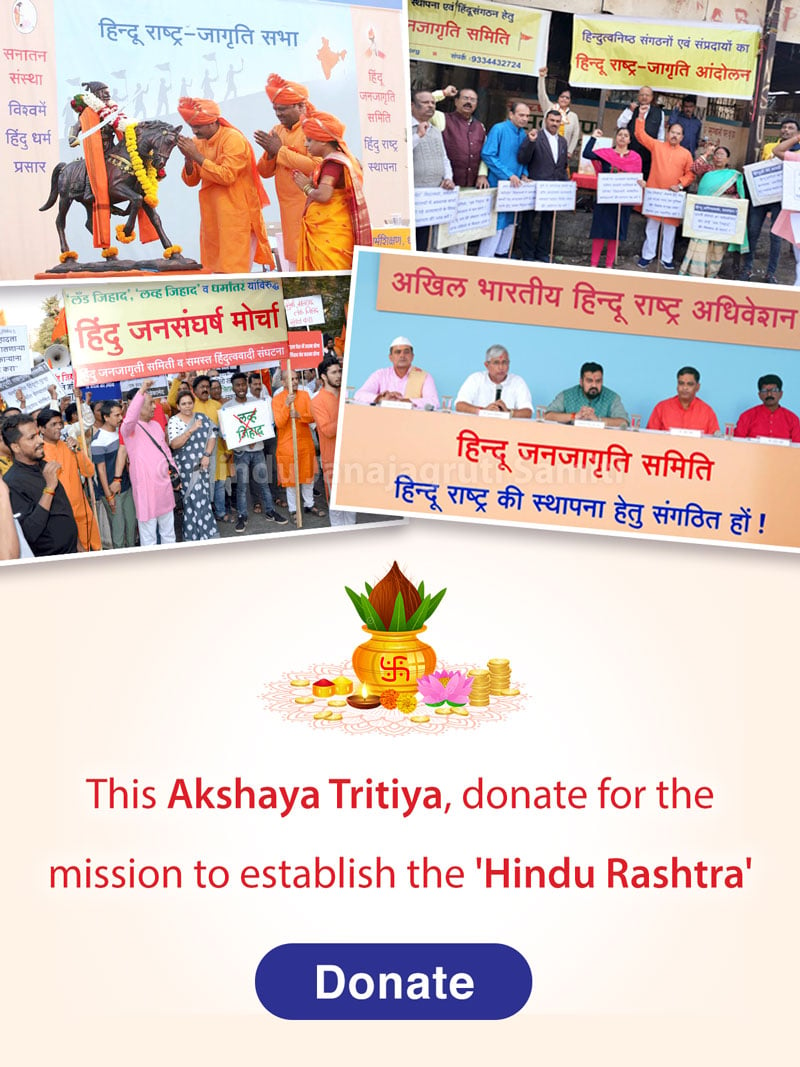Bhopal : The Catholic Church in Madhya Pradesh is slowly but surely taking a swadeshi hue, an idea RSS chief K S Sudarshan advocated in Nagpur seven years ago.
The process began irrespective of his advice, of course, but the swadeshikaran or Indianisation, has been on for quite some time without attracting much attention in this BJP-ruled state. It has also been happening in neighbouring Chhattisgarh, also ruled by the BJP.
Consider this. The church’s seminary in Dewas is called Satchitanand Gurukul, a very Indian name. Here novitiates live with their preceptors in the guru-shishya tradition. Many other Christian institutions are similarly named in Indian style — Christ Premalaya, Purnodaya, Seva Sadan.
When the Archbishop of Bhopal, Leo Cornelio, was installed recently, his feet and that of his predecessor Dr Pascal Topno were washed and they walked on leaves in the Indian tradition.
Bishop Cornelio, on his part, asked guests to give him saplings as gifts, the symbolism having to do as much with his concern for the environment as with the importance Indian culture attaches to trees.
Fr Rajesh of Satchitanand Gurukul says, "The Indian idea of Sat-chit-anand (truth, consciousness, bliss) and the Christian concept of the trinity (the Father, the Son and the Holy Spirit) gel in a way. The philosophies of all religions converge at some point. We have also realised that when we adopt Indian names it helps us gain acceptance among locals."
At the seminary, yoga and meditation are very much part of the curriculum. So it is in many churches.
Fr Anand Mutthungal, spokesman of the Catholic Church of Madhya Pradesh & Chhattisgarh, says it’s common for Christians to sit on the floor in churches. Earlier, there used to be a huge gap between the altar and the faithful, but no more. Even the size of the altar has been reduced to make people sitting on the floor comfortable.
While some churches carry notices prohibiting footwear during Mass, the faithful take off their shoes and chappals before they enter a church in Bhopal’s Jahangirabad locality, where no such notice is on display.
Former member of Madhya Pradesh’s State Minority Commission Indira Iyengar says that in tribal areas like Jhabua, the priest comes to the altar for the mass to the accompaniment of dhols and the singing of tribal hymns.
Such Indianisation of the church started decades ago in southern India, but has taken a long time to spread to central India and beyond. Now several Indian and tribal customs and rituals are followed.
In Madhya Pradesh and Chhattisgarh, many tribals touch the feet of the pastors and priests, and the wedding ring is replaced by a mala in urban areas.
On the occasion of the Feast of Mother Mary, the idol is draped in a sari. On each of the nine days of the feast, the sari is changed. The festival culminates in a mela.
The priests drape shawls around their bodies, and like Fr Rajesh, no longer take English names. Except for one non-Indian priest in Madhya Pradesh, the rest are all Indians. In fact, five out of 14 bishops in these two central Indian states are tribals.
Dr Topno, who was archbishop for 14 years, is a tribal. But does taking Indian names and adopting local customs insulate the church from the wrath of Hindu organisations? No. In fact, they accuse the Christian organisations of using it as camouflage. VHP leader Nandkishore Dwivedi is not impressed by the name Satchitanand Gurukul. "I don’t trust them," he says.
Notice : The source URLs cited in the news/article might be only valid on the date the news/article was published. Most of them may become invalid from a day to a few months later. When a URL fails to work, you may go to the top level of the sources website and search for the news/article.
Disclaimer : The news/article published are collected from various sources and responsibility of news/article lies solely on the source itself. Hindu Janajagruti Samiti (HJS) or its website is not in anyway connected nor it is responsible for the news/article content presented here. Opinions expressed in this article are the authors personal opinions. Information, facts or opinions shared by the Author do not reflect the views of HJS and HJS is not responsible or liable for the same. The Author is responsible for accuracy, completeness, suitability and validity of any information in this article.

 UK: Over 50 children were sexually abused by paedophile catholic monks for decades
UK: Over 50 children were sexually abused by paedophile catholic monks for decades After Idukki diocese, Syro Malabar Catholic Church’s Thamarassery diocese screens ‘The Kerala Story’
After Idukki diocese, Syro Malabar Catholic Church’s Thamarassery diocese screens ‘The Kerala Story’ Ghana: 63-year-old Christian priest’s marriage to a 12-year-old girl sparks outrage
Ghana: 63-year-old Christian priest’s marriage to a 12-year-old girl sparks outrage MHA revokes FCRA licenses of 5 NGOs over charges including illegal religious conversions
MHA revokes FCRA licenses of 5 NGOs over charges including illegal religious conversions Religious hatred, conversion and illegal foreign funding: FCRA license of ‘Jesus Redeems’ suspended
Religious hatred, conversion and illegal foreign funding: FCRA license of ‘Jesus Redeems’ suspended Chhattisgarh: House converted into a church, 25 tribals convert to Christianity
Chhattisgarh: House converted into a church, 25 tribals convert to Christianity